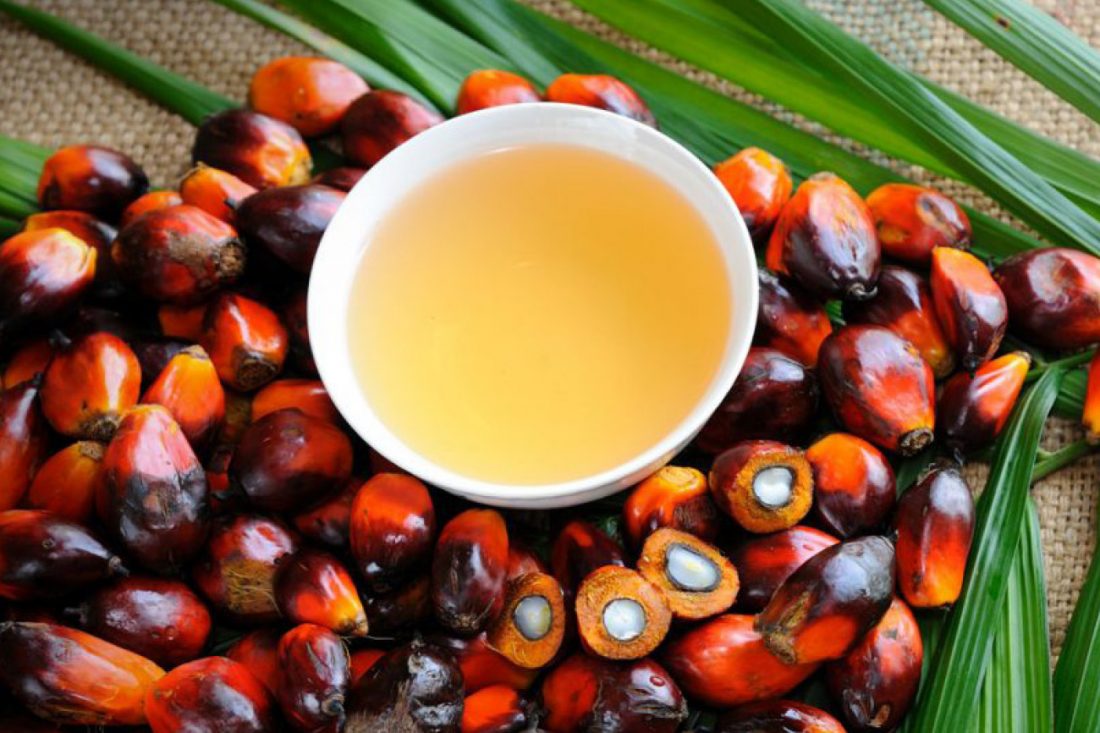Palm oil: Everything we need to know about this controversial oil
Palm oil is a vegetable oil produced from the fruit of the palm tree. Its use in our diet dates back to 5000 years ago and today it is one of the oils with the lowest manufacturing costs. It is an oil resistant to extreme temperatures -even during frying- and for this reason, together with its low cost, the food industry uses it systematically in order to replace other vegetable oils and reduce production costs.

That is why, palm oil has become the number one oil consumed in the world at the moment. It is used as a cooking oil, in sweets and pastries and is widely found in packaged produce such as cakes, ice cream, pastries, cookies, chocolates and cereal bars, with the consumer being blissfully unaware of the products’ content in palm oil. But why should we know how much palm oil is in the foods we choose?

According to scientists of the Hellenic Nutrition Institute, the composition of palm oil is more similar to that of animal fat than the composition of vegetable oil, as it contains saturated fat at a rate of about 48%. It also contains a high percentage (37%) of monounsaturated oleic acid. Renowned scientists in Europe and the United States point out that excessive intake of palmitic acid, which is the main saturated fat in palm oil, contributes to the occurrence of heart disease and in general, palm oil has been directly or indirectly associated with a wide range of diseases.

Therefore, while international institutions are pressuring for its removal from the food industry and until its use is abolished, we must be cautious of our choices when buying products, especially products intended for consumption by children. By looking at the label and seeking products that do not contain palm oil, we protect ourselves, our children and we all acquire healthier eating habits that are even more enjoyable than we might think.

